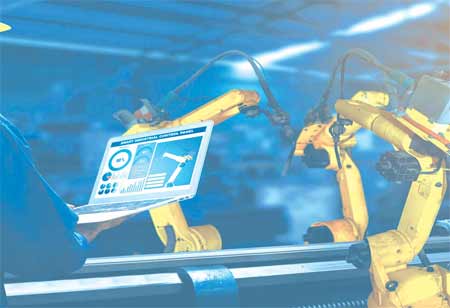Traditional medical waste disposal procedures are becoming insufficient and harmful to the environment due to the growing volume of trash produced daily. This article explores the possibilities and potential of IoT in medical waste management.
Fremont, CA: The medical business is at a turning point in its history, where sustainability is now a requirement rather than an option. The conventional techniques of medical waste disposal are shown to be insufficient and harmful to the environment due to the daily increase in the volume of waste created.
Medical waste presents severe health and environmental problems since it is frequently dangerous and contagious. Hospitals, clinics, and other medical facilities produce an astounding amount of garbage, ranging from infected bandages to spent syringes. The World Health Organization estimates that people in affluent nations make up to 0.5 kilograms of hazardous medical waste daily. These figures highlight the need for creative and environmentally friendly disposal techniques.
Environmental Issues with Traditional Medical Waste Disposal
Medical waste disposal by conventional means, such as landfilling and incineration, has long been the norm in the sector. However, there is a significant environmental cost associated with these methods, which may cause serious threats such as air pollution, soil contamination and greenhouse gas emissions.
Internet of Things (IoT) Redefining the Waste Management Landscape
The web of physical objects with sensors, software, and other technologies built-in to connect to other devices and systems over the Internet and exchange data is known as the Internet of Things, or IoT. IoT provides several advantages for medical waste management, such as:

